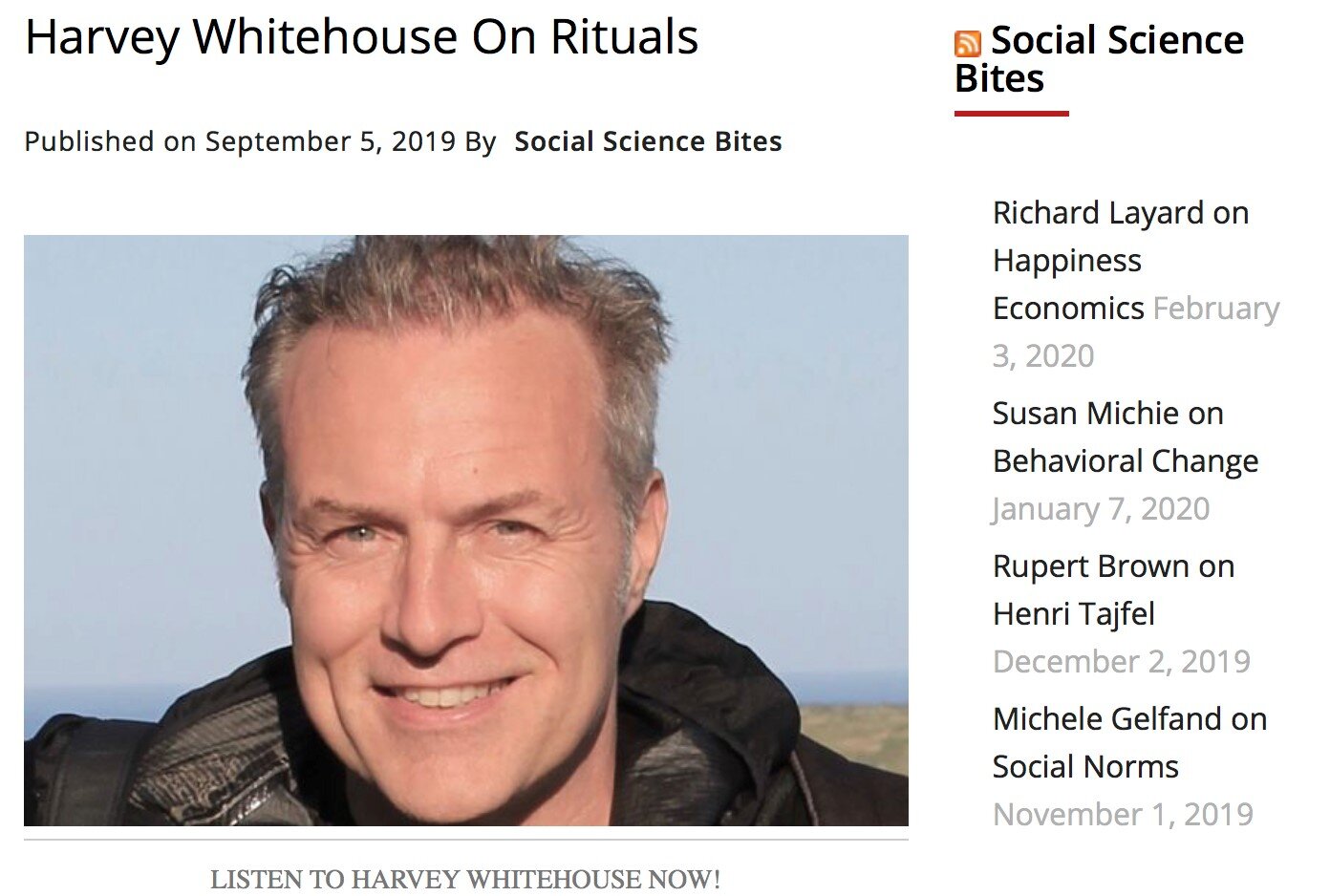Inside the Cult: Religious Innovation and Transmission in Papua New Guinea
/For the past 30 years, adherents of a millenarian cult in Papua New Guinea, known as the Pomio Kivung, have been awaiting the establishment of a period of supernatural bliss, heralded by the return of their ancestors bearing "cargo." The author of this book, Harvey Whitehouse, was taken for a reincarnated ancestor, and was able to observe the dynamics of the cult from within. From the stable mainstream of the cult, localized splinter groups periodically emerge, hoping to expedite the millennium; the core of this volume concerns the close study of one such group in two Baining villages.
The two aspects of the cult studied here—on the one hand a large, uniform, and stable mainstream organization with a well-defined hierarchy demanding orthodoxy of views, and on the other hand a small-scale and temporary movement, emotional and innovative in its views—stand in sharp contrast one to the other, but are here seen as divergent manifestations of the same religious ideology, implemented in differing ways. This original theory of "modes of religiosity" which Harvey develops draws on recent findings in cognitive psychology to link styles of codification and cultural transmission to the political scale, structure, and ethos of religious communities.







Harvey Whitehouse, Brian McQuinn, Michael Buhrmester, and William B. Swann (2014). Proceedings of the National Academy of Sciences, Vol. 111, No. 50: pp. 17702-17703.